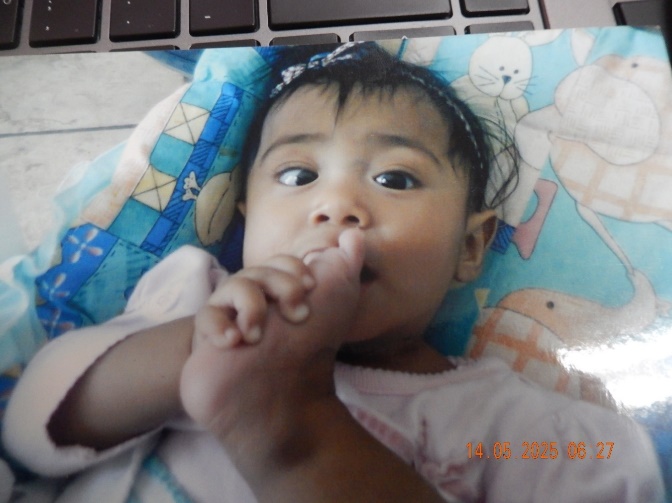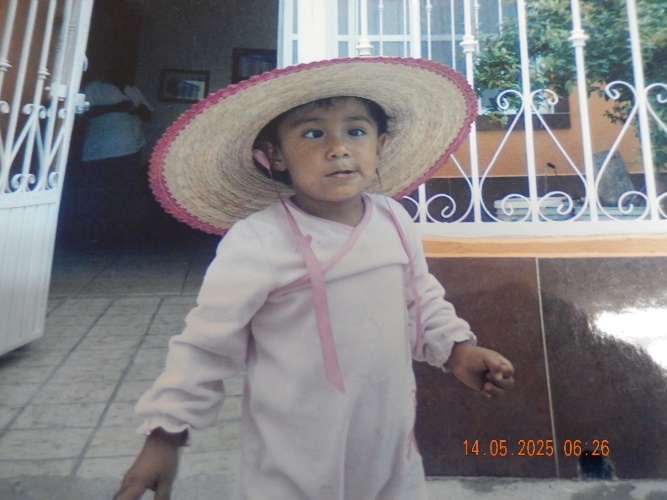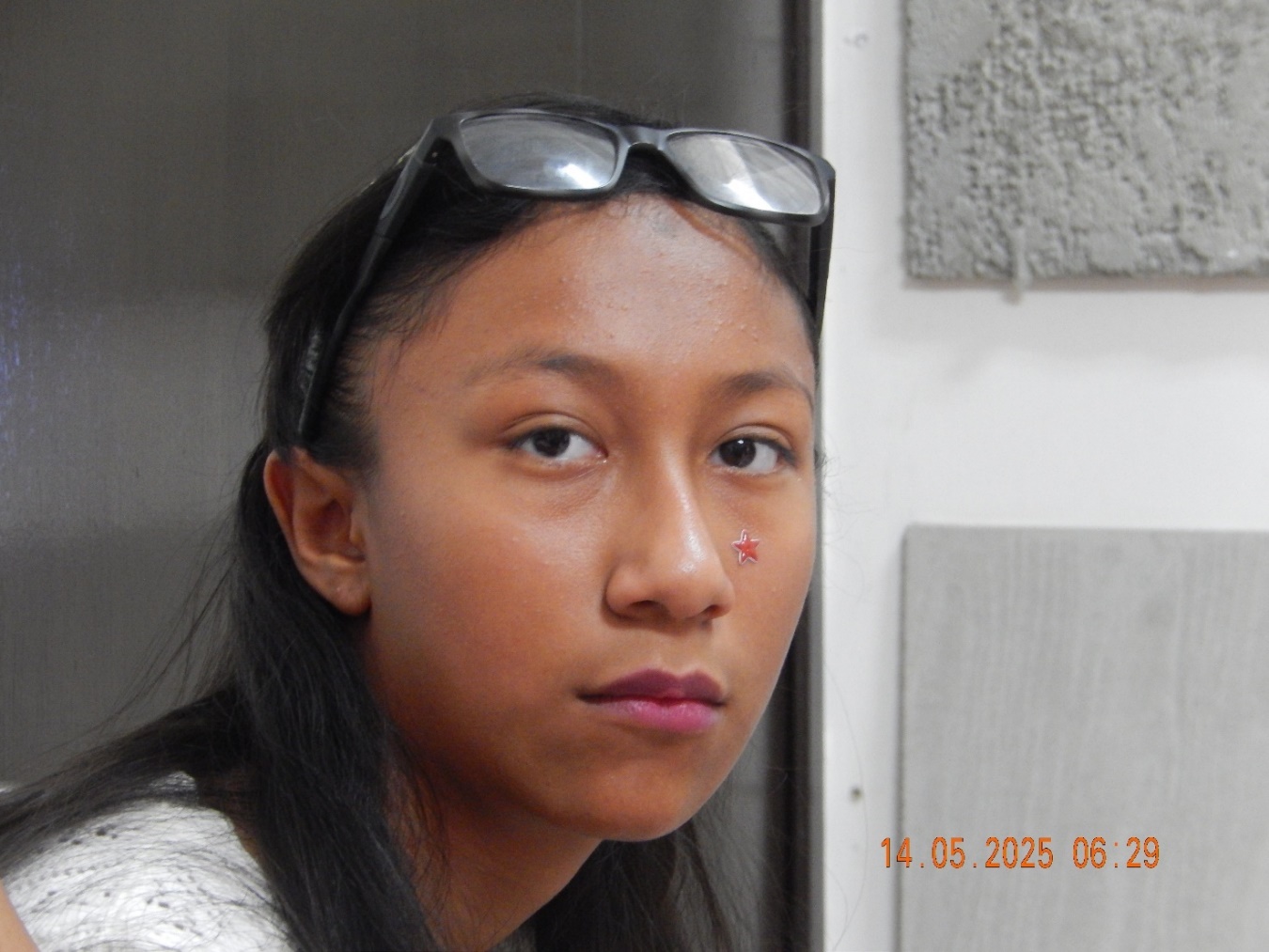Ophthalmology and Vision Care
OPEN ACCESS | Volume 5 - Issue 2 - 2025
ISSN No: 2836-2853 | Journal DOI: 10.61148/2836-2853/OVC
Arturo Solís Herrera *, MD; PhD. María del Carmen Arias Esparza, MD, MSc. Paola Eugenia Solís Arias, MD
Human Photosynthesis™ Research Center. Aguascalientes 20000, México.
*Corresponding author: Arturo Solís Herrera, Human Photosynthesis™ Research Center. Aguascalientes 20000, México.
Received: May 14, 2025
Accepted: May 21, 2025
Published: May 26, 2025
Citation: Arturo S Herrera. María del Carmen Arias E, Solís Arias P E. (2025) “Long-Term Effects of QIAPI-1, on Congenital Horizontal Ocular Deviation Associated with Congenital Intestinal Obstruction. Case Report”, Journal of Ophthalmology and Vision Care. 5(1); DOI: 10.61148/2836-2853/OVC /061.
Copyright: © 2025. Arturo Solís Herrera. This is an open access article distributed under the Creative Commons Attribution License, which permits unrestricted use, distribution, and reproduction in any medium, provided the original work is properly cited.
Alterations in ocular motility are managed according to the different classifications into which they are grouped. For example: accommodative and non-accommodative, paralytic and non-paralytic ocular deviation, plus associated clinical manifestations.
In this case report, we describe the case of a female infant who was first reviewed at 11 months of age, having undergone 4 abdominal surgeries for intestinal occlusion. The first intestinal surgery was performed at 8 days old.
Introduction
Ocular deviations present at birth (congenital) are often associated with various systemic manifestations, such as defects of the spine (scoliosis), congenital ventricular septal defect, dysarthria, hemiplegia ataxia, developmental delay, mental retardation, hearing loss, intestinal inflammation and/or occlusions, etc.
Statistically, in relation to exclusively ophthalmological management, surgery is the most frequently used treatment [i].
Our observation about the unsuspected ability of human cells to oxygenate themselves [ii], has led us to understand that the balance of oxygen at the intracellular level is the key mechanism of the formation and functioning of the body, because while said oxygen generated inside the cell through the dissociation of water molecules, also of intracellular location, as in plants; then the body is well formed and functions well because it is very well made. But when the process of water dissociation, which is astonishingly exact, is thrown out of balance, for example by polluted water, polluted air, and contaminated food; then both the formation of the tissues as well as their functioning will experience diffuse failures, which are unpredictable since each organism will manifest them differently.
In this study, we describe the long-term results of QIAPI 1, in a patient diagnosed with congenital horizontal deviation, associated with congenital intestinal inflammation/occlusion that required 4 bowel surgeries.
Case report
Date of Birth: 01-08-2012 Today'S Date: 16/Dec/2013 Sex: Female
Fitzpatrick Phototype V. Endo-deviation of the right eye since birth. She was born with enterocolitis, she had a colostomy and ileostomy, the first surgery was 8 days after birth, August ileostomy, January 11, 2013, colostomy, April 1 they removed some rings that covered, they reconnected her on September 30, she was 8 months premature.
Medications: Only take vitamin C and D.
Ophthalmologic examination:
Right endo-deviation of 60 prismatic diopters. Isochoric pupils, central location, with preserved reflections.
Sciascopy: RE +++/+++ and LE ++++/++++, curiously the directing left eye is the one with the highest positive refraction.
Ophthalmoscopy: The papilla with a 70% excavation in both eyes, the papilla is a little pale in OI. The macula is preserved in both eyes.
The ocular deviation that the patient presented at the time of the first examination (Dec/16/2013) can be seen in the following photographs (Figure 1):




Figure 1: The various photographs taken during the first year of life and provided by the relatives, show the endo deviation of the right eye.
Once the bases of our treatment were explained to the relatives, as well as the signing of the informed consent, the administration of QIAPI1™, sublingual drops, at the dose of two drops 6 to 8 times a day began. The patient was seen on two occasions, at 3 months and 6 months after starting treatment, reporting significant improvement in endodeviation, as well as intestinal symptoms.
For various reasons, the patient stopped going to the check-ups, but came with us, accompanying a family member who came to the consultation, on May 14, 2025, and the following photograph was taken (figure 2):

Figure 2: Twelve years after starting treatment with QIAPI 1™, the results are gratifying.
Comment:
The remarkable results in the case of this patient show us the importance of oxygen levels at the intracellular level, but just as CO2 is generated strictly inside cells, it turns out that oxygen is also, thanks to molecules present inside cells that have the ability to transform the power of light into chemical energy. by dissociating the water molecules present inside the cells, as in plants.
Then, then, oxygen comes from the inside out, and not the other way around, as was previously believed. Therefore, we must discard as soon as possible the erroneous dogma, which dates back to the eighteenth century, of the curricula of medical careers.
This work was supported by an unrestricted grant from the Human Photosynthesis™ Study Center, Aguascalientes 20000, México.
Conflict of interest: The finding of the unsuspected capacity of human cells to oxygenate themselves and the development of QIAPI 1™, was carried out in our study center.